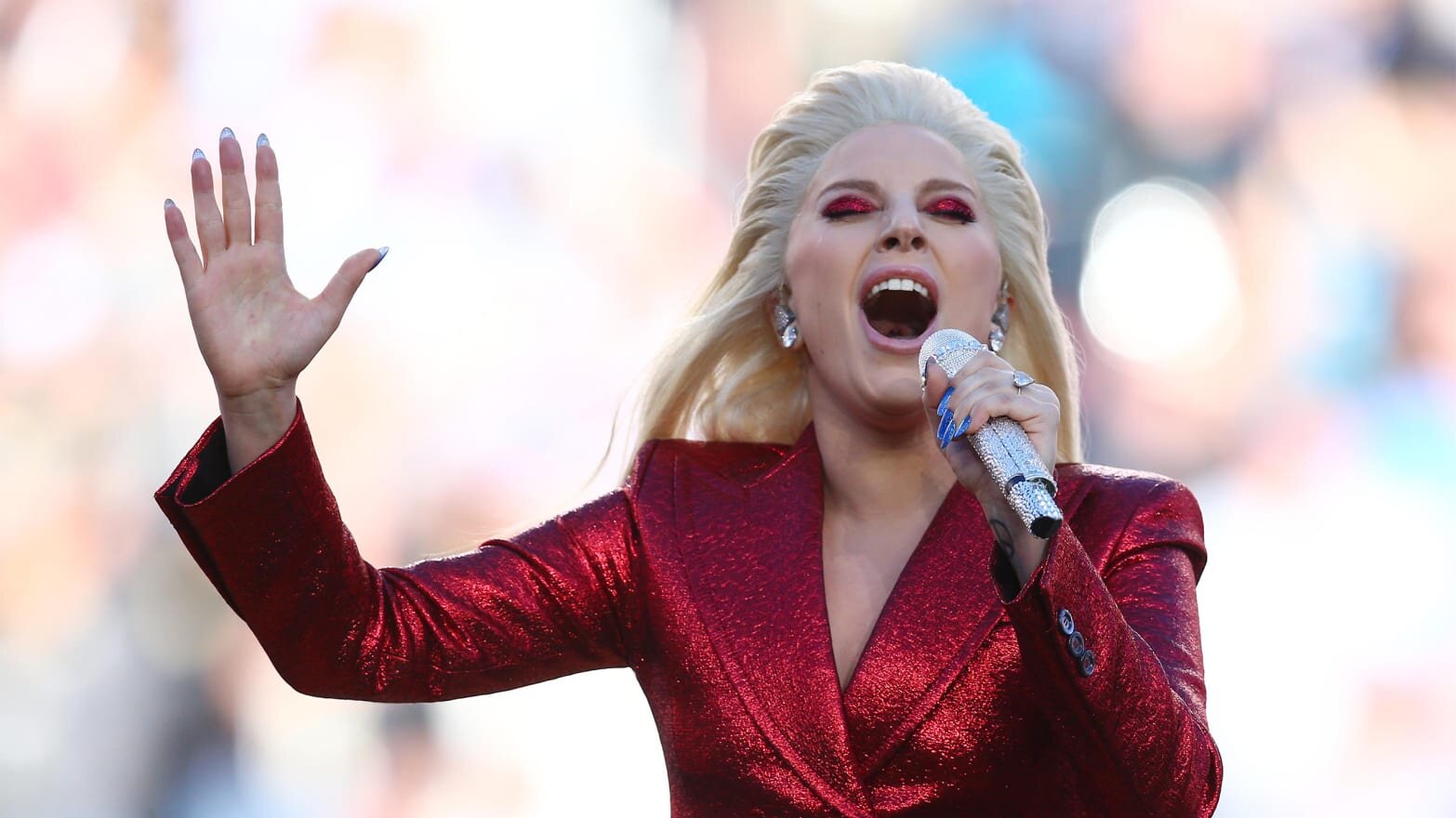“O Say Can You See?”: Patriotism, Performance, and Sport
Before it was the anthem--the sound of a nation--it was wedded to sport. Recognized as the moment in which “The Star-Spangled Banner” first became interwoven with America’s sporting fabric, the song was played in 1918 during the 7th-inning stretch of a Major League Baseball World Series game between the Chicago Cubs and Boston Red Sox. In 1919, the song’s performance became the opening act of every Red Sox game; other MLB teams and sporting leagues quickly followed suit. In 1931, President Hoover officially designated “The Star-Spangled Banner” America’s national anthem.
The tradition of playing “The Star-Spangled Banner” before athletic competitions continues at amateur and professional events across the country. What do these public performances of patriotism communicate? How can we understand popular conceptions of citizenship through the anthem’s presentation at sporting events? How does the anthem’s performance serve as the contested ground upon which questions of nationalism, naturalization, belonging, and “home” are actively communicated and negotiated? How can we understand the “boundaries” of citizenship through renditions of--and reactions to--anthem performances that remix, re-arrange, and transcribe it from its “original” form?
Recently, “The Star-Spangled Banner’s” place in sport has received a groundswell of attention. From the Women’s National Basketball Association, to the National Football League, and National Basketball Association, athletes have used its ninety-second performance as an opportunity to engage and respond--kneeling, raising fists, linking arms; these physical responses are enacted to recognize and oppose ongoing injustices in America. In the wake of these responses, a recent poll by HBO’s Real Sports and Marist College’s Center for Sports Communication found 54% of Americans believe professional athletes should be required to stand for the national anthem. Most Americans (67%) believe the anthem symbolizes American rights and freedoms, and 27% believe it symbolizes military sacrifice. Of those polled, 8% believe the anthem should not be played at sporting events.
We invite you to consider:
Which anthem performance is most memorable to you?
How do you respond during the anthem (physically/mentally/emotionally)?
What elements characterize a “quality” anthem performance?
What does the national anthem signify?
Who should perform the anthem?
Related Projects & Publications
Cox, C.M., & Johnson, P.B. (2017). “O say can you see?”: Patriotism, performance, and sport. International Communication Association 67th Annual Conference. San Diego, CA.
